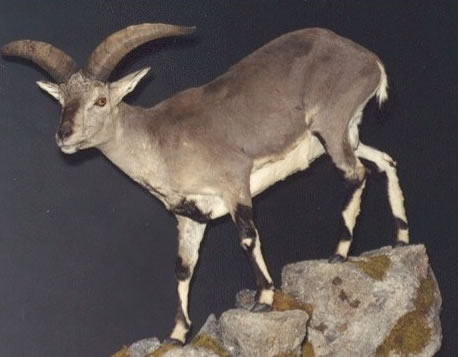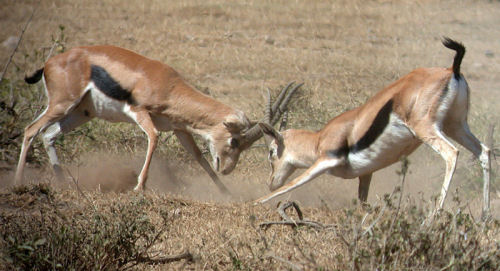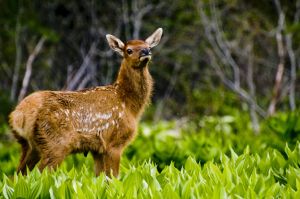Dwarf Blue Sheep
The Dwarf blue sheep is a smaller wild sheep, weighing in at about 25-40 KG, or about 50-90 pounds. It lives mostly on rocky slopes generally at very high altitudes, such as between 8500 and 9500 feet above sea level.
The dwarf blue lives mostly on grasses but also other plants such as club moss.
The Dwarf Blue sheep will alternate its activities through the day, going from sleep to graze and back to sleep over the course of the day.

Once very prolific, the Dwarf Blue Sheep is now endangered
The dwarf blue lives in dry areas, valleys in the mountains,
Usually very steep grassy slopes, and dwells in groups of sheep. Usually they live in groups of about six, however in the past when they were more plentiful they lived in family groups of 10-30 individuals.
Currently found only in China, in a small area near the Yangtze river watershed, the population of the sheep has declined significantly since the early 1950’s, largely due to over hunting of the animal.
This is a harsh loss as the animal was not identified and categorized until the late 1930’s, so it has been decimated in a relatively short span of time.
Habitat loss as well threatens it, yet hunting continues to be a threat even though the animal has now been classed as endangered.
Technically the dwarf blue sheep is midway between a sheep and a goat.
There are two species of blue sheep: the dwarf blue sheep, Pseudois schaeferi and the blue sheep, Pseudois nayaur. The head and upper parts of the blue sheep are brownish gray with a tinge of slaty blue, and the underparts and insides of the legs are white.
The population in the wild is estimated to be between 200 and 300 animals, although they are making progress.
The Dwarf blue sheep reaches maturity about 1-2 years old, although the males don’t normally mate until they reach peak size, about 7 years old.
They give birth to one, or very rarely two infants, after a gestation period of about 150 days.
The young nurse for about six months, but after three months are grazing as well. They are weaned fully about 6 months old.


